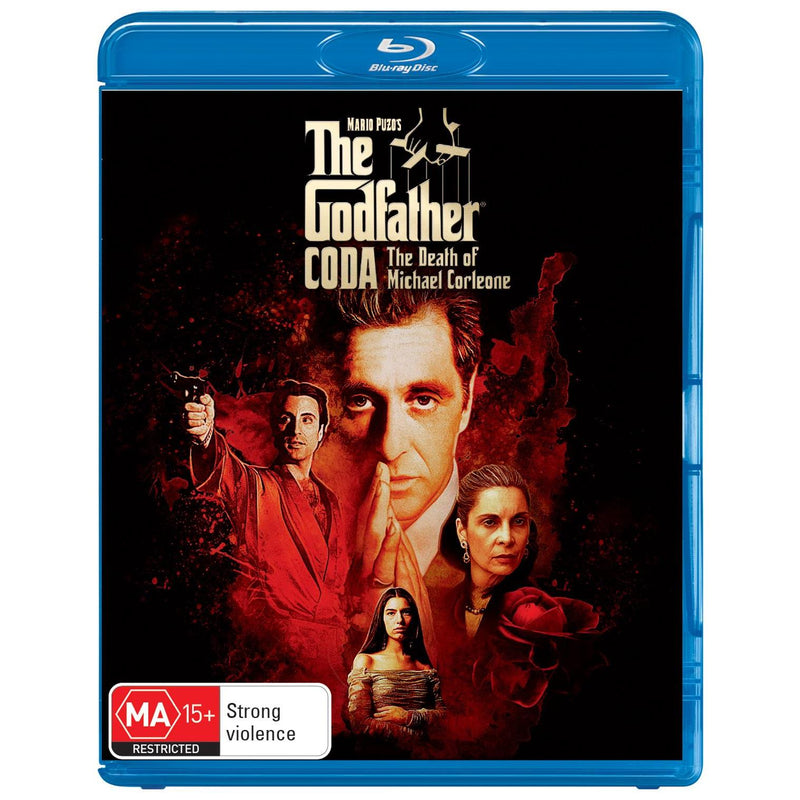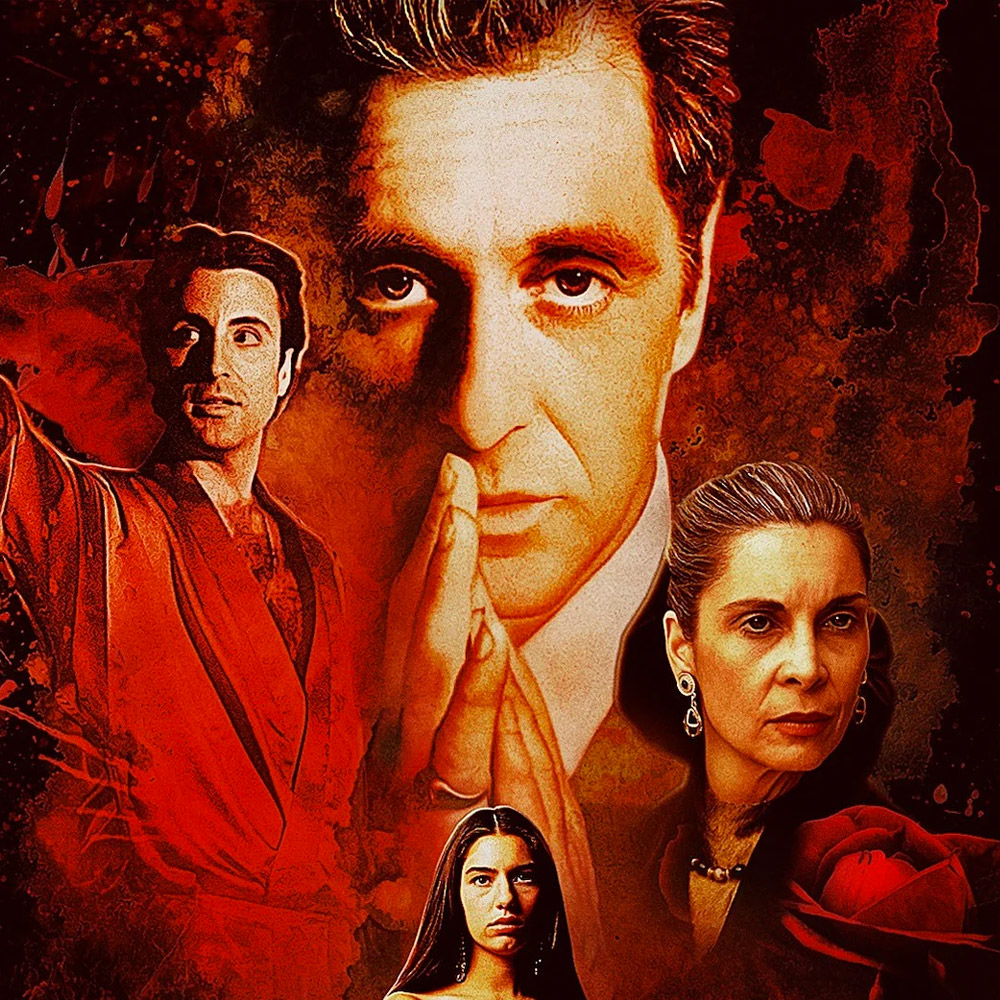

But this Corleone family is a shell of the one we’d previously come to know they’re less defined, less warm, and largely strangers to the viewer, with the film itself hardly developing any of its new characters to fill the void or bring anything unique or exciting to the saga. Al Pacino’s ailing, aging Michael and Talia Shire’s darker, vicious Connie are the most prominent returning cast members, with Diane Keaton’s remarried Kay playing a supporting role in service of Michael’s quest for forgiveness.

Tragedy and family - among the cornerstones of the Godfather saga - are precisely what’s so off about this final entry, whether it’s Godfather: Part III or Godfather, Coda. Any faults in Sofia Coppola’s acting here are soon forgotten thanks to Al Pacino, who silently screams in utter despair.In other words, the problems in Godfather 3 are too fundamental to be erased by merely restructuring and trimming what had been a bloated, less than engaging finale. His life of sin has led to this crushing loss, and not even his penance could pay for it all. The moment Michael’s soul is destroyed is not in this final scene, however, but rather immediately before when his daughter, Mary, is shot to death by a stray bullet intended for him.

Francis Ford Coppola has made the decision to eliminate Michael’s death from the film entirely – ironic given the new title The Death of Michael Corleone. This orange isn’t so integral to the ending that the coda crumbles apart without it though.
#The godfather coda the death of michael corleone series
Using the symbol as a bookend to the series tied up this device in satisfying, poetic manner. He quite literally can’t separate himself from that which represents his own downfall – both the oranges and the mafia life. The orange remains a sinister omen in this last instalment, but as Michael is revealed to be diabetic it also cruelly becomes a life-saving food for him, demonstrated in one scene where he drinks its juice to keep his sugar levels up. The symbol of the orange is a common thread through the Godfather series, foreshadowing danger or death whenever it appears. I am in two minds here over which ending is preferable. “When a Sicilian wishes you ‘Cent’anni’, it means ‘for long life’… and a Sicilian never forgets.” The other major change to the film is ending. Rather than seeing Michael falling out his chair, dropping an orange, and dying, we instead witness him put on his shades as a sad, old man, while the film fades to a quote from Part II. It is clear from the start – he is a man looking to buy his way out of sin, trying to befriend the Catholic church yet still lacking reverence for it. This recut plot is simply more economical, and no longer leaves its audience hanging to figure out who this new Michael is.

This meeting is the key to Michael’s journey in the film, revealing his new disposition, his motive, and most importantly, the inciting incident of the film. The opening papal ceremony is gone, as are the flashbacks to the previous films, and instead we immediately move right into Michael’s meeting with Archbishop Gilday, the head of the Vatican bank. There is no amount of editing that could turn The Godfather Part III into a masterpiece on the level of its predecessors, but the most striking change in this recut is its much leaner, more character-centric plot. So it is curious that The Godfather, Coda: The Death of Michael Corleone (previously titled The Godfather Part III) comes in at a shorter run time than the original, with Coppola taking to the reel with a pair of scissors, hacking out all the scenes he deemed unnecessary, and rearranging those that remained. In the case of Apocalypse Now Redux, it led to the bloating of a film that shouldn’t have been touched in its theatrical cut form. Francis Ford Coppola is no stranger to recutting the films of his heyday, often by inserting deleted scenes he believed should have never hit the cutting room floor.


 0 kommentar(er)
0 kommentar(er)
